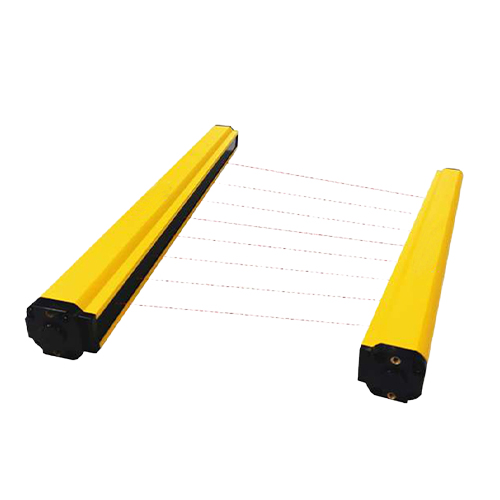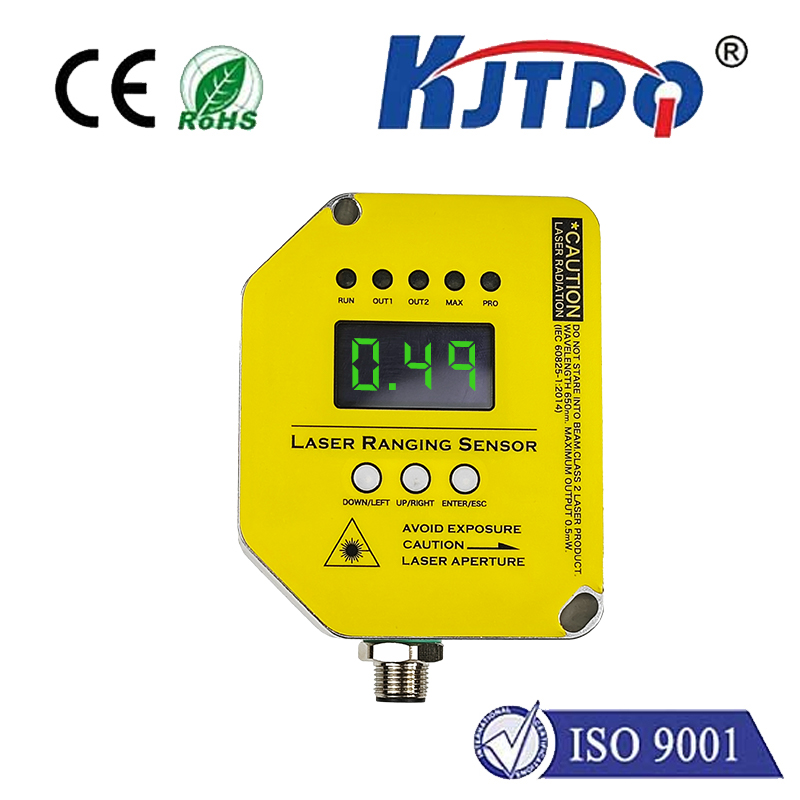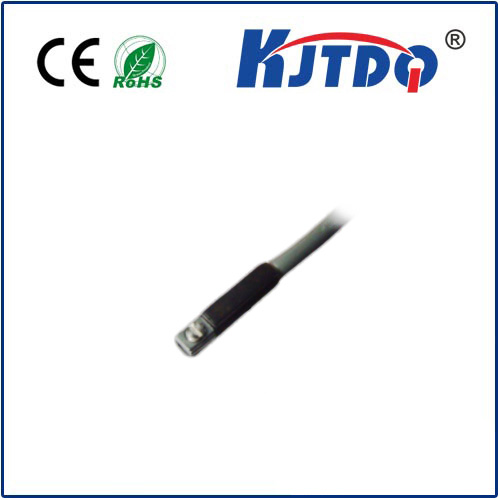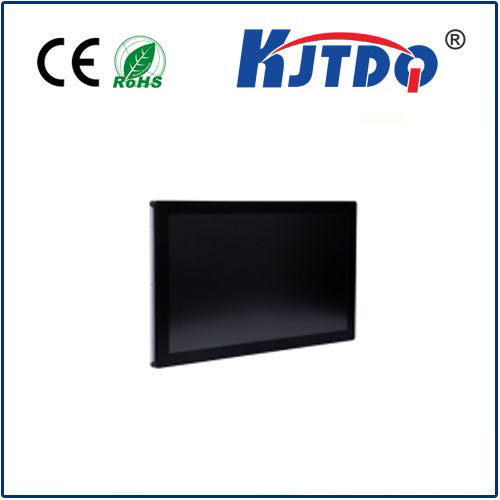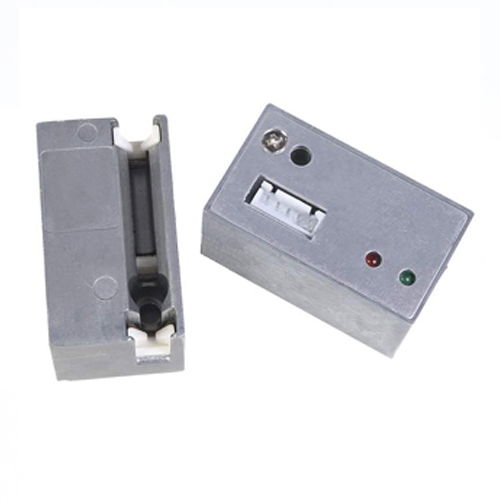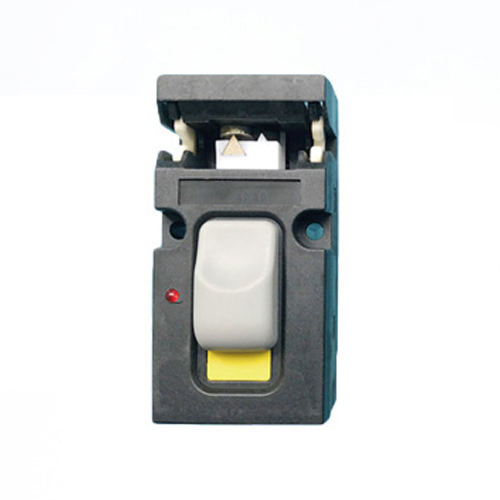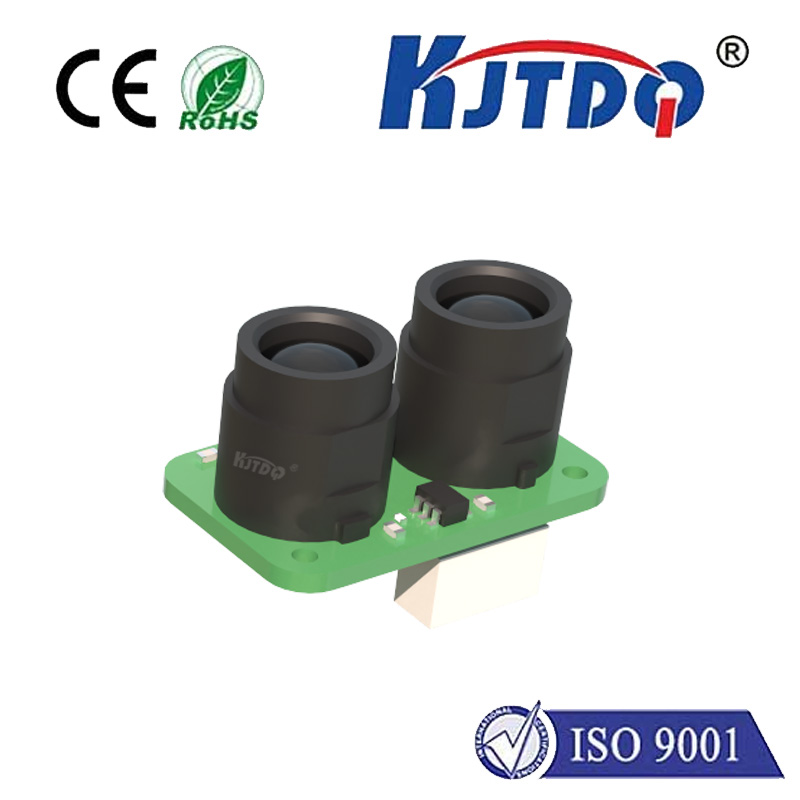Лазерный индикатор уровня воды
- time:2025-03-20 00:04:37
- Нажмите:0
Laser Water Level Indicator: The Ultimate Guide to Precision Monitoring
Did you know that 35% of industrial water waste stems from inaccurate level monitoring? In an era where resource management and automation are critical, laser water level indicators have emerged as a game-changer for industries, municipalities, and environmental agencies. Combining cutting-edge laser technology with user-friendly interfaces, these devices offer unparalleled accuracy in measuring liquid levels—whether in reservoirs, tanks, or flood-prone areas. This article dives deep into how laser water level indicators work, their advantages over traditional methods, and why they’re becoming indispensable in modern water management systems.
How Laser Water Level Indicators Work: A Closer Look at the Technology
At their core, laser water level indicators use time-of-flight (ToF) or phase-shift measurement principles to determine liquid levels. A laser beam is directed toward the water’s surface, and the device calculates the distance by measuring the time it takes for the light to reflect back. Unlike ultrasonic or float-based sensors, lasers are unaffected by temperature fluctuations, vapor, or surface disturbances, ensuring reliable data even in challenging environments.
Key components include:

- Laser diode: Emits focused light pulses.
- Optical receiver: Captures reflected signals with high sensitivity.
- Microprocessor: Converts time delays into precise distance measurements.
This non-contact method eliminates corrosion risks and reduces maintenance—a major pain point for submerged sensors.
Top 5 Advantages of Laser-Based Water Level Monitoring
- Pinpoint Accuracy: With error margins as low as ±1 mm, laser systems outperform mechanical gauges and pressure transducers.
- Non-Intrusive Design: No physical contact with water means no fouling from debris or chemicals.
- Long-Range Capability: Some models measure distances up to 500 meters, ideal for large reservoirs or rivers.
- Real-Time Data Integration: Compatible with IoT platforms for remote monitoring and automated alerts.
- Долговечность: Built to withstand extreme temperatures, humidity, and even submersion (in waterproof variants).
For industries like pharmaceuticals or food processing, where contamination risks are critical, laser indicators are a hygienic and reliable choice.
Applications: Where Laser Water Level Indicators Shine
From flood prevention to smart agriculture, these devices are transforming multiple sectors:
- Hydraulic Infrastructure: Monitor dam levels to prevent overflow or depletion.
- Industrial Tanks: Track chemical, fuel, or water storage with minimal downtime.
- Экологический мониторинг: Assess groundwater levels in ecologically sensitive zones.
- Сельское хозяйство: Optimize irrigation by measuring water levels in canals or storage ponds.
A recent case study in Netherlands’ flood management system revealed that laser-based sensors reduced false alarms by 40% compared to traditional float switches.
Choosing the Right Laser Water Level Indicator: 3 Key Factors
- Measurement Range: Select a device that covers your maximum required distance.
- Environmental Conditions: Opt for models with IP67/IP68 ratings if exposed to moisture or dust.
- Integration Capabilities: Ensure compatibility with SCADA, PLCs, or cloud-based systems.
Brands like SICK AG and Banner Engineering offer customizable solutions for niche applications, from wastewater treatment plants to offshore oil rigs.
Debunking Myths About Laser Water Level Sensors
While some assume laser systems are prohibitively expensive, their long-term ROI often outweighs upfront costs. Reduced maintenance, higher accuracy, and fewer system failures translate to significant savings. Additionally, advancements in solid-state lasers have made these devices more affordable for small-scale users, including farmers and HVAC operators.
Future Trends: AI and Laser Technology Convergence
Emerging innovations are pushing boundaries further. For instance, machine learning algorithms now analyze laser data to predict water usage patterns or detect leaks autonomously. Pairing laser indicators with drones is another frontier—enabling rapid surveys of hard-to-reach water bodies.
As climate change intensifies water scarcity challenges, laser water level indicators will play a pivotal role in building resilient, data-driven resource management systems. Whether you’re safeguarding a municipal water supply or optimizing industrial processes, this technology offers a future-proof solution.

